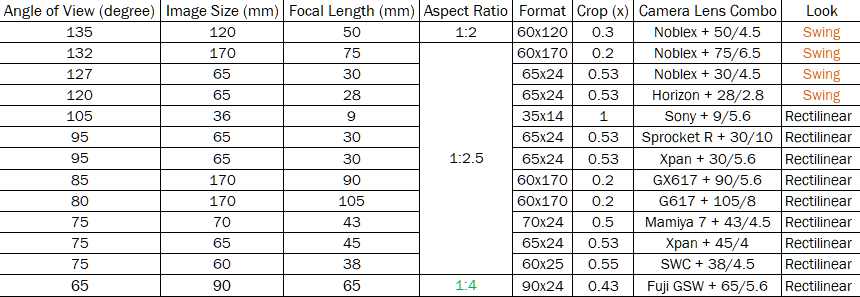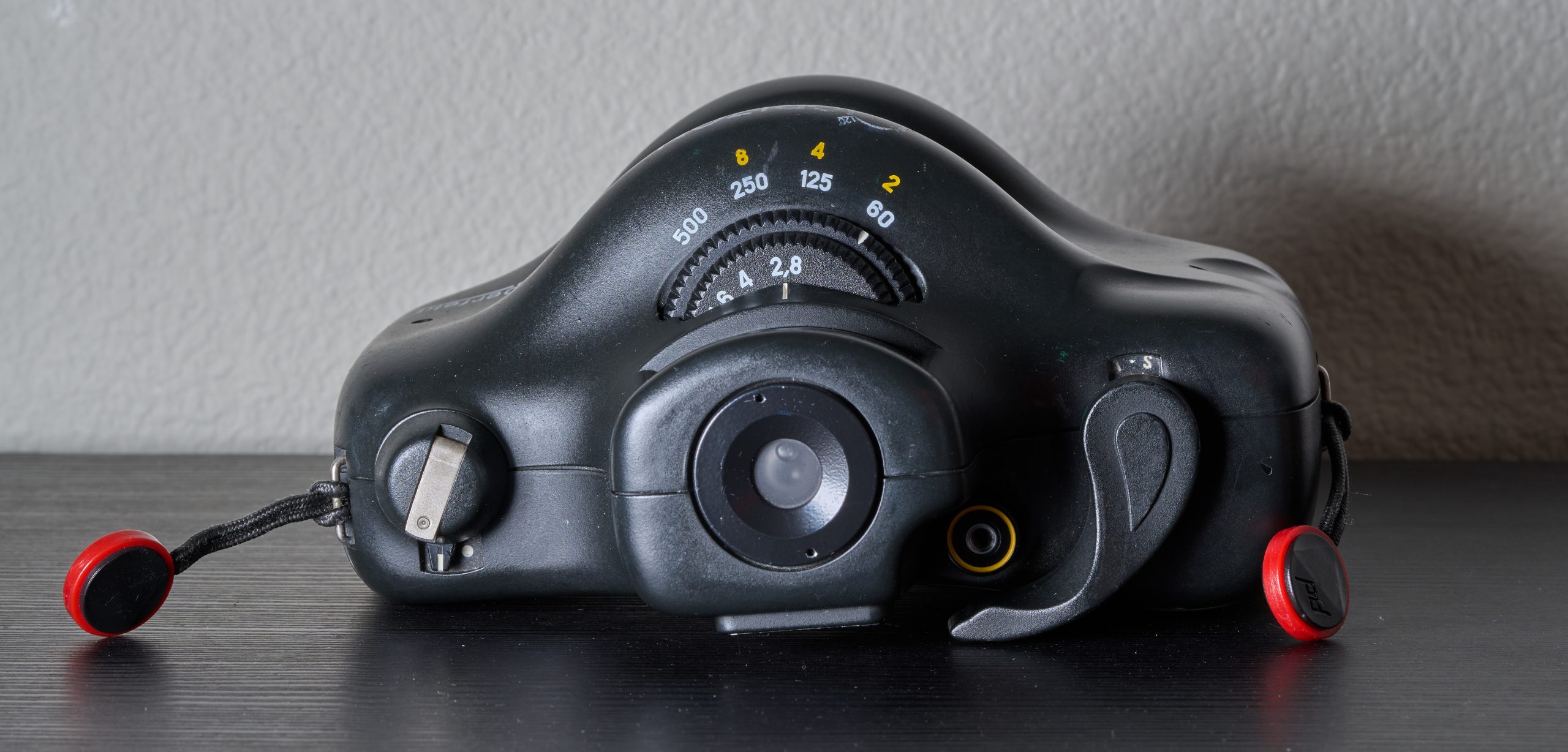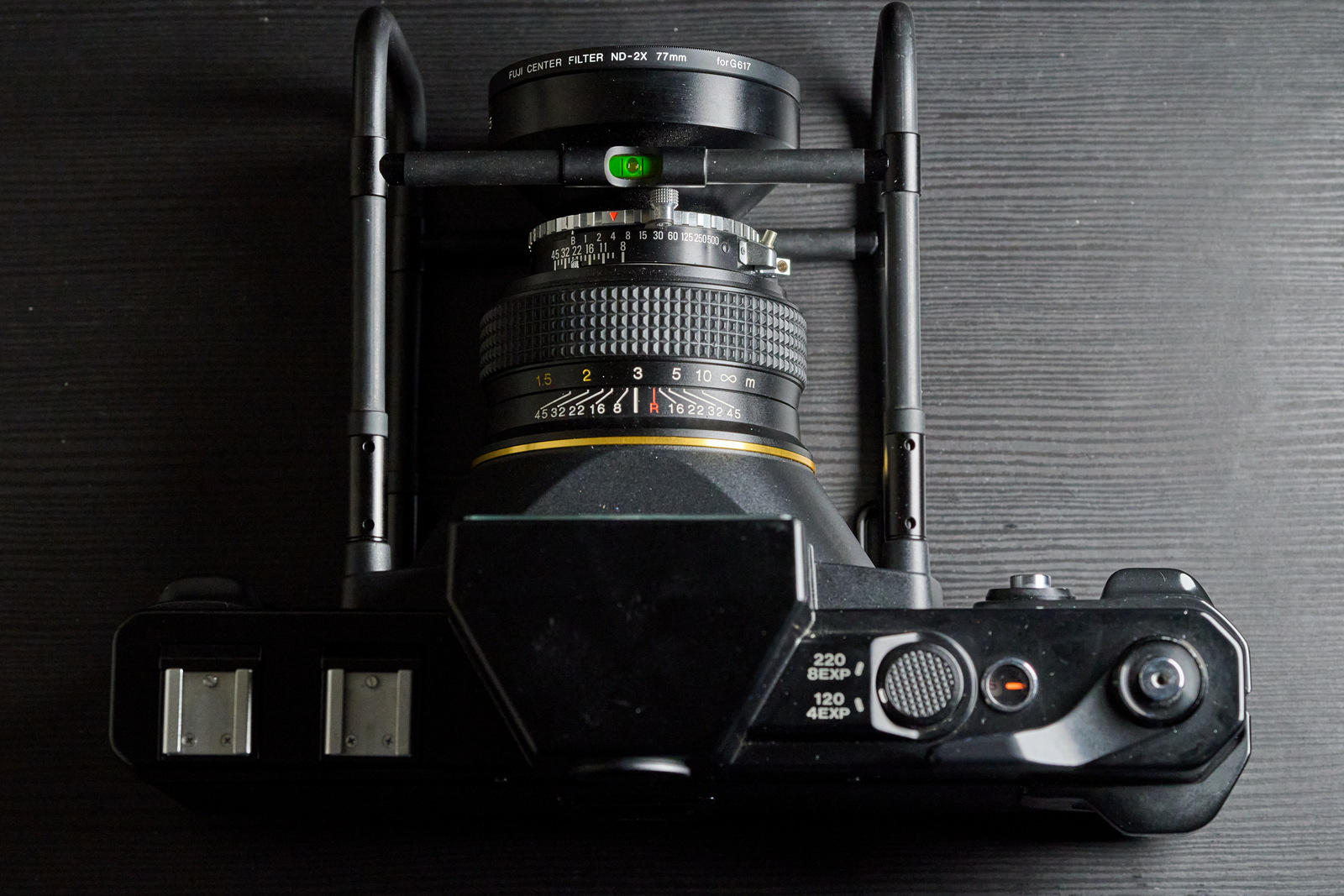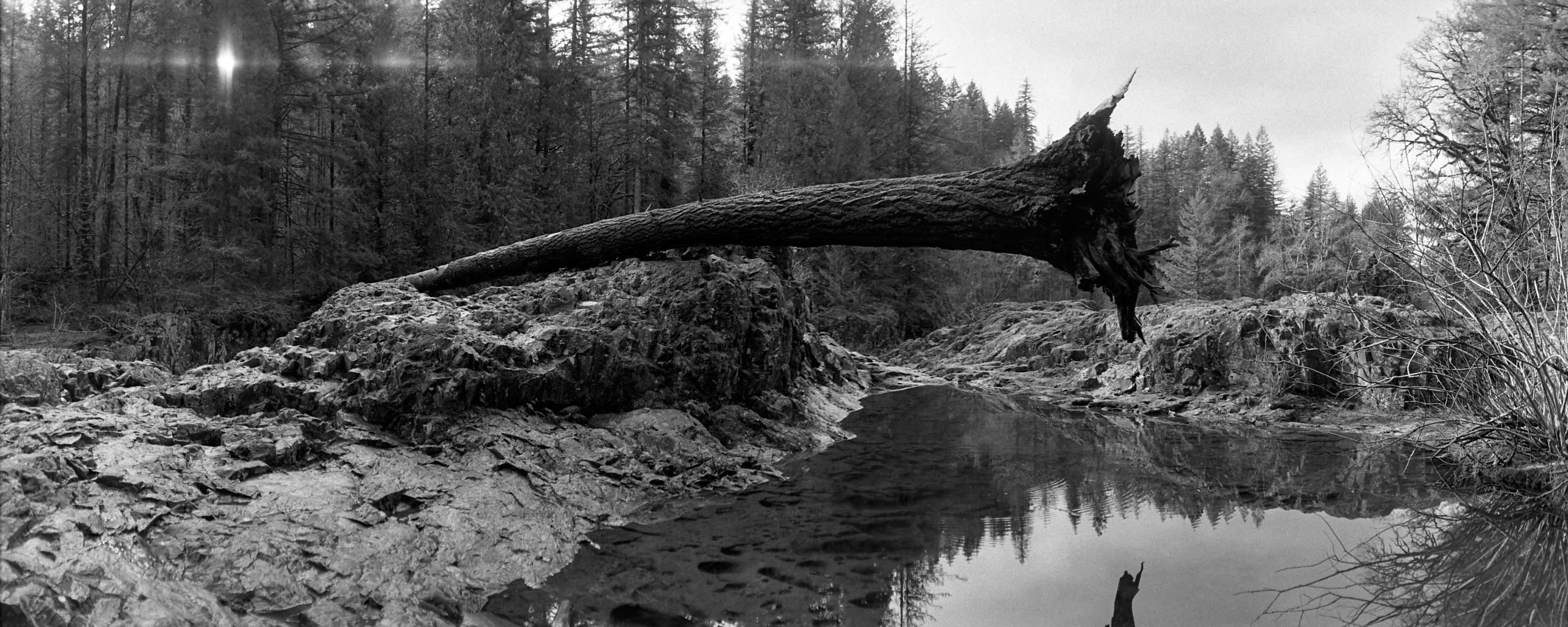For the longest time, I’ve been curious about how wide some lenses are. The issue is that field of view, or rather, angle of view, is not an easy-to-obtain number. What photographers and lens manufacturers like to quote is focal length, which people then make certain assumptions on how wide the picture would look on the final negative. I’m writing this down now, so I can refer to this easily when I have to remember how focal length affects the wideness of the final image.
Nomenclature in this post
Wide/wideness: How many things an image can fit in. The technical term is a field of view, but I’m just going to call it wide. Notice I don’t use width because that term will be used below.
Focal Length: The description of the strength of light convergent. The higher the focal length, the faster these light rays converge. The focal length of a lens gives the image a look (i.e. portrait or landscape look)
Depth of field: How much of a photo is in focus. Not going into details here, but it is generally proportional to the wideness. So, the wider the image, the more things should be in focus (think landscape vs portrait)
Aspect ratio: the ratio between the width and the length of the image.
Sensor size/negative: In this case, they are interchangeable. A full-frame digital sensor is the same as a 35mm film negative. I’m ignoring pixels.
Format: The size of the final image. Depending on the negative, it could be a small sensor like an APSC, or as large as a 60mm x 90mm negative.
Image size: The issue with negatives is that they capture an image projected onto an area (width by length). This makes talking about them very annoying as negatives can come in all aspect ratios and sizes. To make life easy for me, I’m defining image size as the length of the image.
The angle of view: This will be… you guessed it, the angle of view from the camera. The smaller the angle of view, the smaller the wideness. Good-looking portraits have small angles of view, and landscapes have large angles of view. In this post, the angle of view is always for the image size, and for the length of the negative. (not the area, nor the width)
Relationship
Within a single format (i.e. same sensor/negative size on same aspect ratio), the “wideness” to focal length ratio is an inversely proportional relationship. For example, a 28mm lens will produce a “wider” image compared to a 50mm lens on the same sensor.
On the other hand, with the same lens, increasing the image size increases the wideness of the final image. For example, an 80mm lens might look extremely narrow on a 35mm negative/full-frame sensor, but it produces a wide look on a much larger image (such as on a 60mm x 90mm negative).
In general, most things are proportional to the wideness. A larger field of view means a larger angle of view; A larger image size tends to capture wider photos with the same lens (compared to a smaller image size)
Summary
Wideness = field of view ∝ angle of view ∝ image size
1/Wideness ∝ focal length
Okay? Ready here are the tables.

Using an online calculator (see link below), I’ve managed to get some standard angles of view and their corresponding focal lengths for many different image sizes/aspect ratios/formats. I’m going to start from a low angle. 40 degrees is what’s known as the default focal length for most cameras. Most kit lenses, if it ever comes with one lens, give you something corresponding to this. For ASPC DSLR, that means 32mm; if you dug through discount bins, chances are you found a 50mm lens on a really old camera; the famous Hasselblad shoots the square 6:6 format and the most common lens with that system is an 80mm. If you notice, as the image size gets larger, to get the same angle of view/field of view/wideness, a higher focal length lens is needed. And then, you might wonder, what’s wrong with that?
I’ve also attached the tables for the more commonly used 35mm focal length and 28mm (wide) focal length lens, both for the full frame format. Both are just for reference.


A quick rundown by me, these are not scientific. Longer focal length lenses can be made, but they require more optics, which makes them heavier and more expensive. On the other side, at least for excellent optics, there seems to be a technological limit on how small a focal length can go. As a result, to shoot wide images on large negatives, one has to use very small focal length lenses which are rare (since nobody can/bothers to make them) That brings us to Xpan. The legendary Xpan has an even more legendary lens – the 30/5.6. If you look at the 95-degree view, there are lenses for the smaller negatives, such as 11mm for APSC and 16mm for the full frame. However, it is almost unheard of to have a medium format lens that is this wide… Except for the Xpan’s 30/5.6!

So, how wide is that Xpan? I’ve decided to compile an entire list of all the possible pano setups most people could come up with, including the fake “crop” mode on many 35mm film cameras (see the Sony combo). I have also chosen the smallest focal length possible in each combination, which might not produce the best image, but it should give a wide image. Finally, most of these use medium format cameras to generate the pano look/aspect ratio, by using a smaller format i.e. 35mm negative. Alright, the results: Xpan is dead smack in the middle when it comes to the wideness. However, the widest 4 are swing lens setups, which isn’t a look everyone would like. [I’ve shown the difference between rectilinear look vs. swing look in by G617 vs. Horizon post.] If we skip those, the next widest goes to a cropped 35mm camera (but only if you can get the 9mm lens). It could work digitally because a Sony A7RIV should still have enough pixels to make the image look great.. an interesting thought!

Then, it is a tie between Sprocket Rocket and the Xpan (with the legendary 30/5.6 lens). I ought to make a review on the Sprocket Rocket – it is a toy camera, with a lot of limitations, but it does give an extremely wide look. In comparison, the Xpan will make amazing and sharp images, which is why it commands an insane price tag.

Follow closely behind and more famous 120 pano cameras, the GX617 and G617, both are extremely heavy, slow cameras, I do wonder why Fujifilm did not come out with a slightly smaller focal length for the GX617, since they are capable of making these lens, as seen on the Xpan 30. The next three camera combinations are the legendary Hasselblad SWC (super wide camera), the Mamiya copy on the Mamiya 7, and the “normal” lens on the Xpan using the 45/5. Ironically, if you look at this list, the SWC is way down, even though in the world of photography, SWC is one of those extremely wide and niche cameras that most people lust for, but never have a reason to buy.

Finally, I threw in the “Texas Leica”, also known as Fujifilm GSW medium format camera. Even though it only has a 65-degree viewing area, the negatives have an aspect ratio of 1:4 rather than 1:2.5, so the look will be very different from the rest of the list, but it is one of the cheapest ways to shoot 35mm film in pano mode. (The only other cheap options on this list are the Sprocket Rocket and Horizon Perfekt).

That’s all. None of these are scientific. I just want a rough gauge of what focal lengths on which camera will produce the widest images. At the end of the day, I’ll have to try these and decide if they are worth shooting and producing photographs that I like. I have always known that Fujifilm G617 could produce stunning images, but the shooting style does not fit what I like. I would rather take the hit a little, and get a swing lens look, by shooting more Horizon Perfekt.